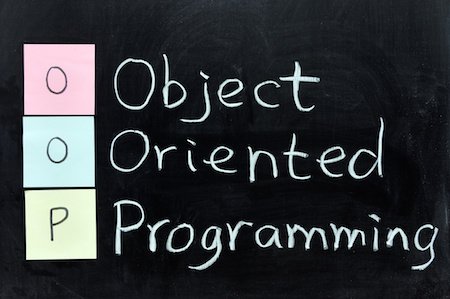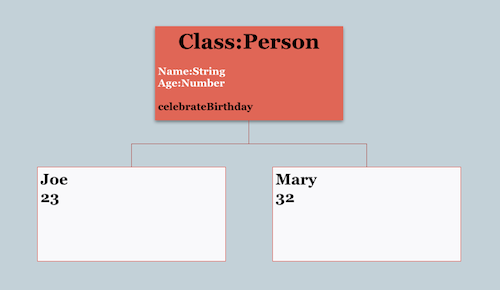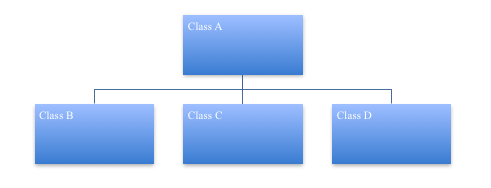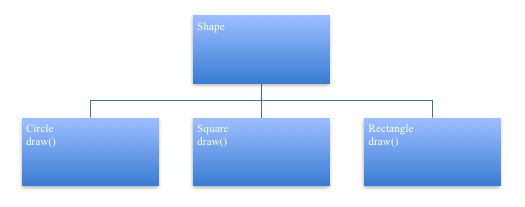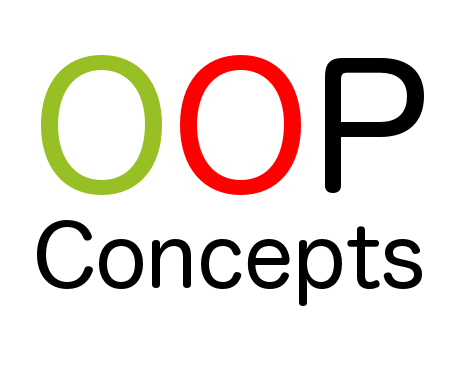Object Oriented Programming languages organise programs based on objects and their interactions.
Examples include: SmallTalk, Java, Objective C and C++
Here is a list of the main Object Oriented principles:
- Class
- Object
- Inheritance
- Message Passing
- Encapsulation
- Polymorphism
- Dynamic Binding
- Dynamic Typing

